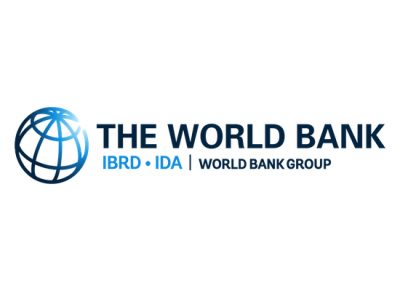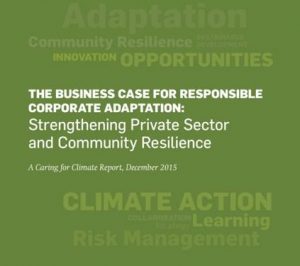Primary Functions
- Offers new insights on how data can be used to inform allocation decisions to reduce inequalities and prioritize investment in WASH to boost human capital.
Detailed Description
Over the past three years, the World Bank initiative has assessed the relationship of poverty, time, physical space and social space with drinking water, sanitation and hygiene, as well as the knock-on effects on a person’s life cycle. It was not designed just to answer the “What?” but to also look at the “So What?” and “Now What?” After all, water is life. And that is both a very simple and very complex relationship.
To better understand this relationship, the World Bank initiative undertook multidisciplinary research – developing innovative methods to fully appreciate the impacts of inadequate services on human development outcomes and identify the binding constraints to service delivery. Supported by the Swedish International Development Cooperation Agency (SIDA), the initiative is a large-scale partnership between the World Bank’s Water, Poverty, Governance, Health, Nutrition & Population teams and these countries. This work is especially relevant for the Sustainable Development Goal era and as countries look to harness their precious WASH resources for maximum impact.
The Sustainable Development Goals (SDGs) and the World Bank’s corporate goals of ending extreme poverty and boosting shared prosperity call for specific attention to the poor and vulnerable. The overarching objective of the SDGs is to end poverty in all its forms, but their key difference from the earlier Millennium Development Goals (MDGs) is the integration of social, economic, and environmental goals (UN 2015). This has significant implications for reforms aimed at improving service delivery. With this understanding as its guiding compass, the Water Supply, Sanitation, and Hygiene (WASH) Poverty Diagnostic Initiative focuses on what it would take to reduce existing inequalities in WASH services worldwide.
This report, a synthesis of that global initiative, offers new insights on how data can be used to inform allocation decisions to reduce inequalities and prioritize investment in WASH to boost human capital. It also offers a fresh perspective on service delivery that considers how institutional arrangements affect the incentives of a range of actors. When it comes to improving services, politics matters as much today as it did in the London of the mid-19th century.





